
Review: The sexual advantage of looking, smelling and tasting good, the metabolic network that produces signals for pollinators ($)
Plant Science Research Weekly, ResearchThe interaction between angiosperms and their pollinators provides an excellent system to study co-evolution, and underpins the evolution of the biosynthesis of numerous interesting and useful specialized metabolites, from pigments to fragrances. Borghi et al. review the metabolic pathways that produce…
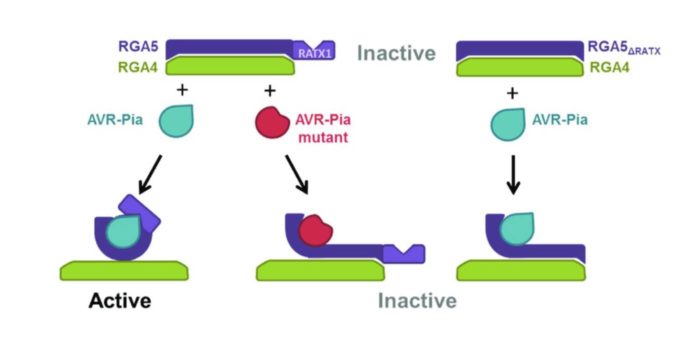
Effector-binding by integrated decoy domain of immune receptor RGA5 required for resistance activation
Plant Science Research Weekly, Research0 Comments
/
Magnaporthe oryzae is the fungus that causes rice blast disease, which is a serious threat to food security. Ortiz et al. explore the interaction between AVR-Pia, a fungal effector protein, and RGA5, a rice NLR (nucleotide-binding domain and leucine-rich repeat protein) immune receptor protein. RGA5…

ROS accumulation and antiviral defence control by microRNA528 in rice
Plant Science Research Weekly, ResearchSeveral studies have implicated microRNAs in plant defenses against pathogens. Wu et al. previously showed that virus resistance is facilitated by the interaction of viral-inducible AGO18 (which is cleavage-inactive) and rice miR528. In this work, they identified the role of miR528 in viral resistance.…
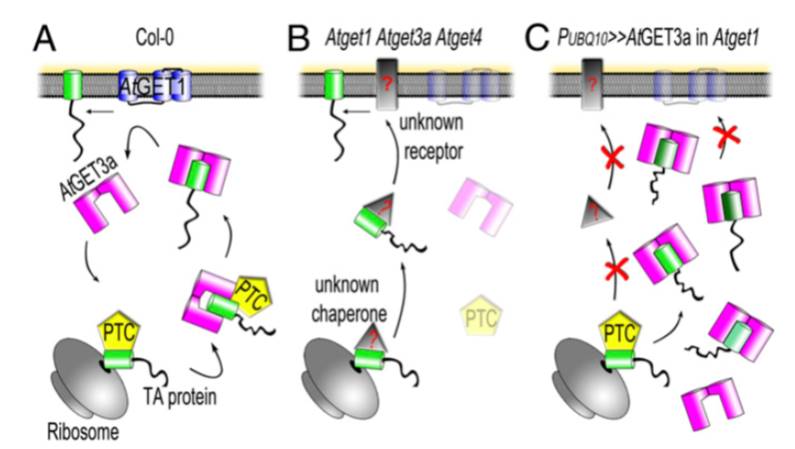
GET with it: Targeting of tail-anchored proteins via the GET system
Plant Science Research Weekly, ResearchStudents learn that membrane proteins are inserted into the endoplasmic-reticulum (ER) membrane co-translationally, but this mechanism does not hold for so-called tail-anchored (TA) proteins which carry a single C-terminal membrane spanning domain and insert into the ER membrane post-translationally.…
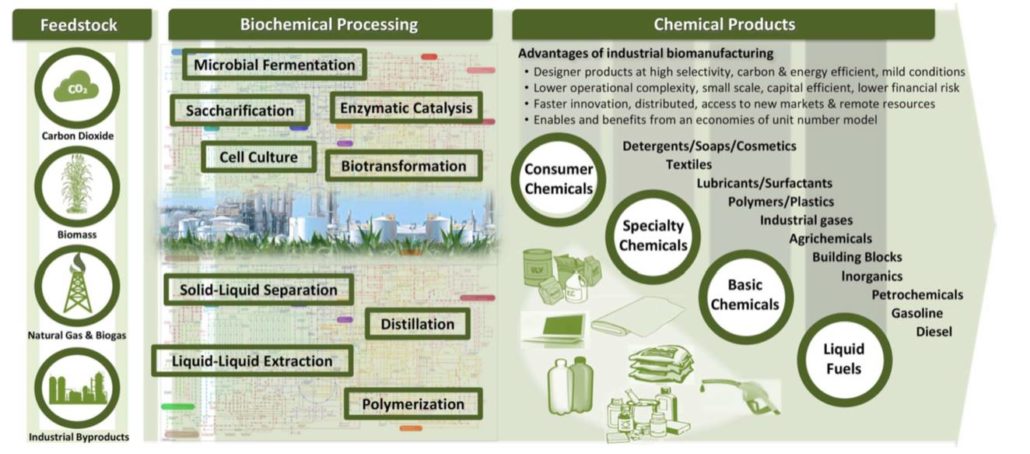
Review: Industrial biomanufacturing: the future of chemical production ($)
Plant Science Research Weekly, ResearchOur way of life depends on the chemical manufacture of thousands of products. Some of these can be produced through biomanufacturing, which may involve starting with a biological starting material, or using an enzyme or organism as catalyst. Advances in synthetic biology, metabolic engineering and genomics…
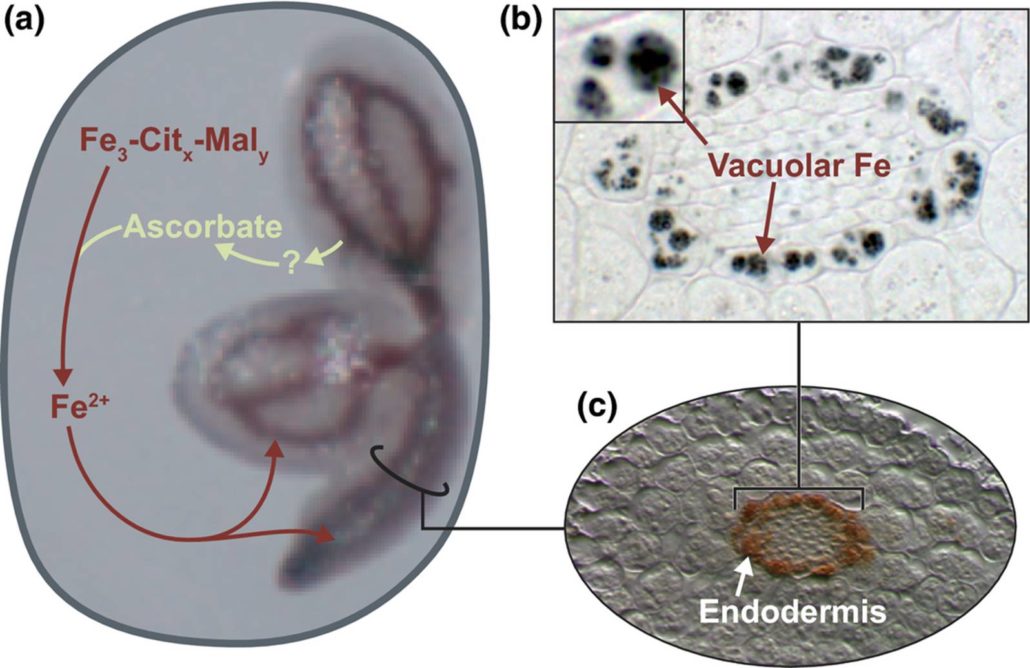
Review: New routes for plant iron mining
Plant Science Research Weekly, ResearchIron (Fe) is a frequently limiting nutrient for plant growth. Iron uptake requires that plants manipulate the extracellular environment through secretion of protons, chelators and other molecules. Curie and Mari review new studies on the importance of coumarin (phenolic compound) secretion in iron uptake,…
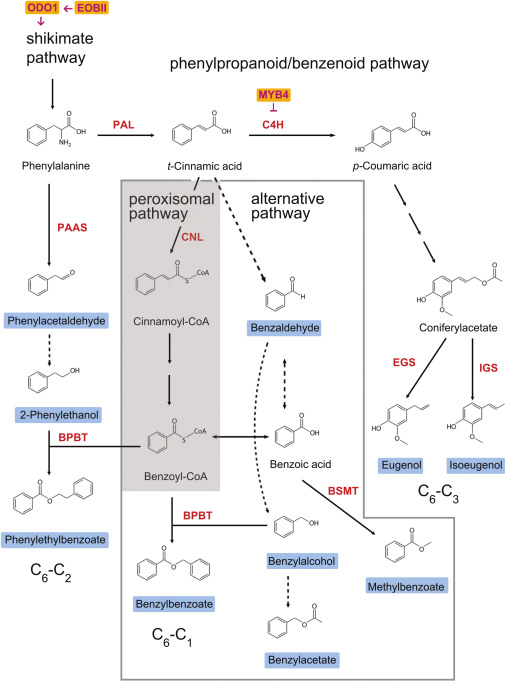
Gain and loss of floral scent with shifts in pollination strategies
Plant Science Research Weekly, ResearchTwo papers in Current Biology examine the genetics behind plant-pollinator interactions , focusing on genes controlling floral scent. Amrad et al. 10.1016/j.cub.2016.10.023 explore differences between bee, hawkmoth and hummingbird pollinated species of Petunia. They identify changes in expression in…

Review: Transport and homeostasis of K & P ($)
Plant Science Research Weekly, ResearchNitrogen (N), phosphorus (P), and potassium (K) are the three macronutrients required in highest amounts for plant growth. N is abundant in the atmosphere, therefore plentiful if we overlook the energetic costs of converting N2 to usable form. By contrast, K and P are present in limited amounts in the…
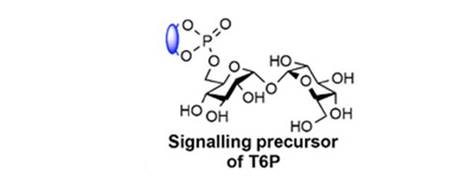
Plant-permeable trehalose 6-phosphate analogues increase yield and resilience ($)
Plant Science Research Weekly, ResearchTrehalose-6-phosphate (T6P) is a sugar signaling molecule that regulates how plants allocate and use sucrose, which in turn affects stress resilience and yields. Griffiths et al. designed a plant-permeable, photo-activated T6P analogue that is converted to T6P in planta. Spraying this compound onto plants…

